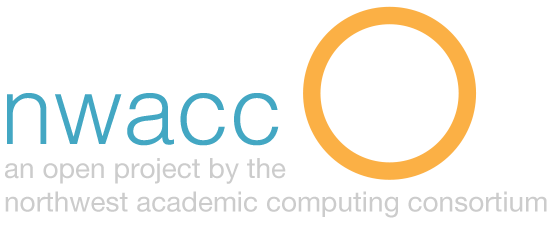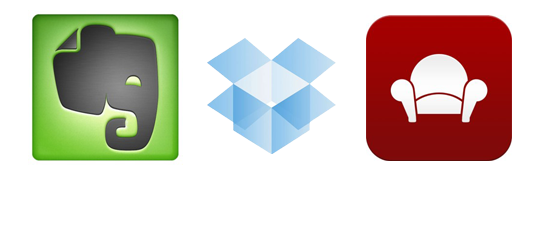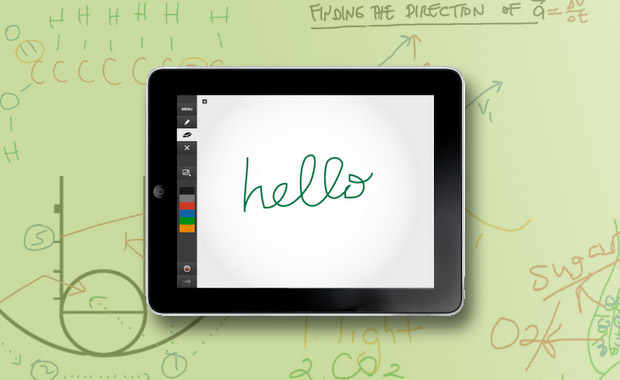Journaling and Blogging
Description
Blogs are a quick and easy platform for individuals or groups to publish content, collaborate, build and disseminate knowledge, or participate in scholarly discourse.
Purpose
Blogging prepares students for discussion, promotes sharing of ideas, and fosters peer learning.
- Individual Academic Blog: Students create personal blogs to reflect on their learning. They may be private, shared with the instructor or group, or fully public. Threaded commentary promotes dialogue between learners and their classmates, instructors, or the broader community.
- Course Website: The blog site functions as a course website and may include pages for resources, news and announcements, or forums for discussion. This can be used as an alternative to the learning management system.
- Learning Communities: An aggregated or multi-site blog installation allows individual members to maintain personal blogs while sharing their content with the group.
- e-Portfolios: Students maintain e-portfolios containing work samples and evidence of learning.
- Magazine, Journal, Newspaper Publication: Collaboration for student-produced content.
Procedure
- Determine the learning objective or the purpose of the blog.
- Find the tool supported by your institution. Many blogs offer free or discounted options for education. Blog platforms include: Edublogs, WordPress, Google Sites, Blogspot, Squarespace, TypePad, and Tumblr.
Considerations
- If blogs are not integrated thoughtfully, students can perceive them as busywork or irrelevant.
- Best practice requires the instructor to read and comment on the blogs, which takes time.
- Building an online community is important to foster genuine participation.
Level
- Beginner



